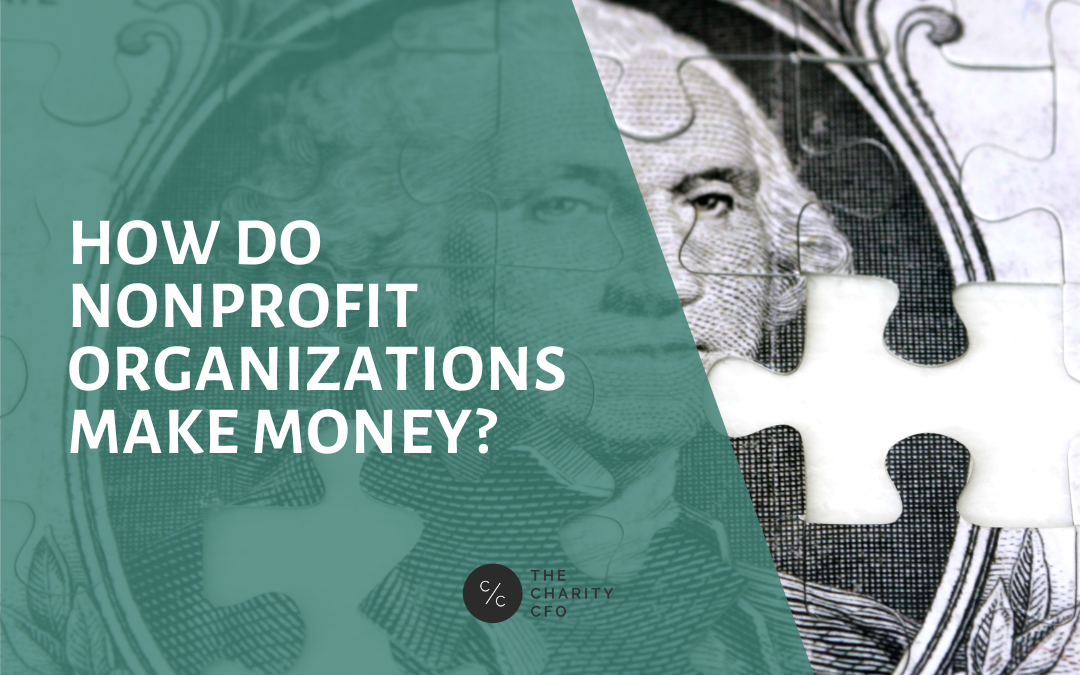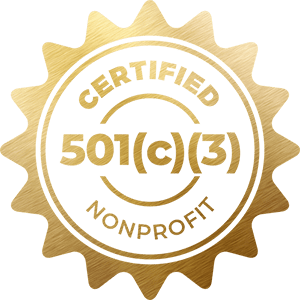The Importance of Cooperation and Collaboration for a Nonprofit Agency in Maximizing Resources and Enhancing Neighborhood Interaction
In the realm of not-for-profit firms, cooperation and collaboration arise as important devices for fostering and intensifying sources community interaction. These alliances not only improve program efficiency but also grow a deeper feeling of community participation and ownership.
Advantages of Cooperation

Moreover, cooperation cultivates development by urging the exchange of ideas and best practices. When organizations collaborate, they can discover varied point of views, resulting in creative remedies that might not emerge in seclusion. This shared analytic strategy can eventually improve solution shipment and program outcomes.
Additionally, joint initiatives can enhance community involvement. When nonprofits partner with each other, they can set in motion wider assistance from stakeholders, consisting of volunteers, donors, and area participants. This collective engagement not only boosts exposure but likewise enhances the reliability of the getting involved organizations.
Building Strategic Collaborations
Collaboration amongst not-for-profit agencies frequently causes the development of strategic partnerships, which are vital for taking full advantage of impact and attaining shared objectives. These partnerships make it possible for organizations to utilize each various other's strengths, enhancing solution distribution and increasing outreach. By lining up missions and goals, nonprofits can produce a collaborating result that enhances their reach and performance within the area.
Building calculated collaborations needs cautious preparation and shared understanding. Developing open lines of communication cultivates depend on, enabling partners to review assumptions, sources, and responsibilities transparently.
Moreover, clearly specified duties and roles are vital for liability and success. Defining the partnership through written arrangements can offer a framework for collaboration, describing the range of work, performance metrics, and assessment techniques. By cultivating these critical alliances, not-for-profit firms can boost their ability to attend to neighborhood demands, introduce remedies, and mobilize sources efficiently, eventually bring about a more considerable and sustainable influence in the communities they serve.
Sharing Resources Properly
Just how can nonprofit agencies optimize their impact through effective resource sharing? By strategically teaming up with other companies, nonprofits can enhance their operational effectiveness and expand their reach within the neighborhood. Source sharing includes merging various properties, including funds, personnel, expertise, and centers, to resolve typical objectives better.

Furthermore, leveraging each other's strengths can promote development. By exchanging knowledge and finest practices, agencies can improve service delivery and establish brand-new remedies to neighborhood challenges. Efficient resource sharing also cultivates a sense of unity, reinforcing the concept that cooperation is important for achieving substantial social influence.
Engaging the Area
What approaches can not-for-profit firms utilize to effectively involve their communities? Firstly, establishing open lines of interaction is important. Utilizing various platforms, such as social media, e-newsletters, and community discussion forums, permits agencies to share information, obtain responses, and foster discussion. This two-way communication not only informs the neighborhood concerning the company's objective and activities yet additionally invites input, making neighborhood members really feel valued and involved.
Additionally, forming partnerships with neighborhood organizations can improve outreach efforts. nonprofit agency. Teaming up with schools, businesses, and other nonprofits can enhance resources and develop a much more considerable assistance network, permitting for joint initiatives that resonate with neighborhood demands
Furthermore, hosting community occasions, workshops, and volunteer chances can promote deeper engagement. These tasks develop a sense of belonging and motivate energetic participation, allowing people to contribute to the company's goals while building relationships with fellow community members.
Gauging Joint Success
Assessing the efficiency of collaborative initiatives is vital for not-for-profit companies seeking to maximize their effect. Measuring collaborative success includes establishing clear, quantifiable goals and making use of a variety of metrics to examine efficiency. Key signs may include the variety of partnerships formed, resources shared, and the substantial end results achieved with cooperation.
To properly gauge success, nonprofits ought to implement a look at this now structure that integrates both qualitative and measurable information. Surveys and interviews can provide understandings right into stakeholder complete satisfaction and the viewed value of partnerships. Additionally, tracking metrics such as service reach, area engagement levels, and economic performance can use an extensive sight of joint performance.
Normal analyses must be conducted to determine locations of improvement and ideal methods. This repetitive procedure not just improves liability but likewise fosters a culture of continuous discovering within the company - nonprofit agency. By transparently sharing analysis results with stakeholders and partners, nonprofits can build and reinforce relationships trust
Ultimately, determining collective success enables nonprofit agencies to fine-tune their methods, allocate sources more successfully, and reinforce their mission-driven efforts, leading to a greater cumulative effect on the neighborhoods they serve.
Conclusion

In the realm of not-for-profit agencies, collaboration and partnership arise as important systems for intensifying sources and promoting community involvement - nonprofit agency. By cultivating these critical partnerships, not-for-profit agencies can boost their capacity to address neighborhood requirements, introduce services, and activate resources effectively, ultimately leading to a much more this content considerable and sustainable effect in the communities they serve
By strategically teaming up with various other companies, nonprofits can improve their operational efficiency and expand their reach within the community.What approaches can not-for-profit agencies employ to properly involve their neighborhoods?Partnership and collaboration stand as necessary columns for nonprofit companies aiming to maximize sources and improve area involvement.
Comments on “Nonprofit Company: Personalized Solutions for Sustainable Advancement and Effect”